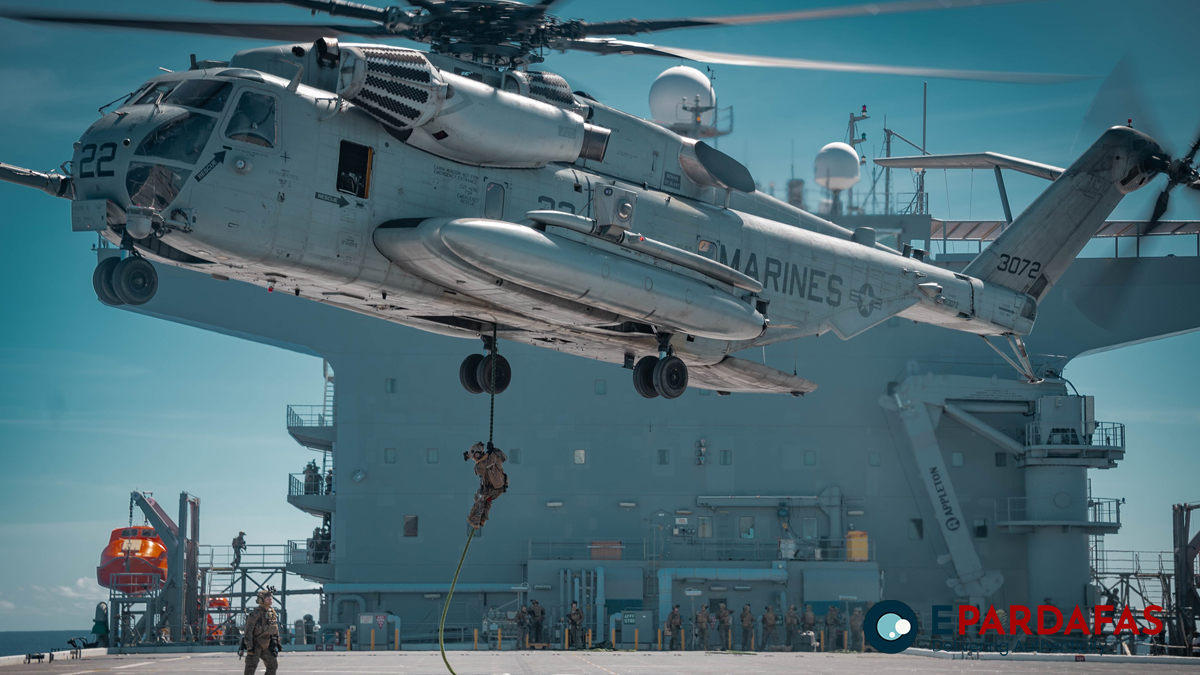
U.S. and Philippine Navies Conduct Joint Training Exercise in South China Sea Amid Territorial Dispute
The U.S. and Philippine navies conducted a joint training exercise on Wednesday in the South China Sea, an area of longstanding territorial dispute between the Philippines and China.
The Maritime Cooperative Activity involved “routine bilateral surface operations and communications,” according to a statement from the Japan-based Seventh Fleet, the U.S.’s largest forward-deployed fleet. The U.S. Navy’s independence-class littoral ship, the USS Mobile, joined the Philippine Navy’s Gregorio del Pilar-class patrol ship, the BRP Ramon Alcaraz, for the drills.
The exercise demonstrated “the strength of the alliance between the two nations and further advances combined capabilities in the maritime domain which support peace and stability in the Indo-Pacific,” the statement said.
A separate statement from the Philippine armed forces confirmed that the training took place in the West Philippine Sea, Manila’s term for the portion of the South China Sea lying within the Philippines’ internationally recognized exclusive economic zone.
“By conducting these exercises, both navies aim to improve their readiness and ability to operate together in ensuring maritime security and stability in the region,” the statement read. Armed Forces of the Philippines (AFP) chief Gen. Romeo Brawner Jr. emphasized the importance of such exercises in ensuring interoperability between the U.S. and Philippine militaries.
Xerxes Trinidad, head of the AFP’s public affairs office, told local media that no Chinese vessels had been observed in the vicinity of the training.
The U.S. and the Philippines, which share a six-decades-old Mutual Defense Treaty, regularly conduct joint drills. With China becoming more assertive in the region, the two allies have stepped up cooperation under the administration of President Ferdinand Marcos Jr., who last year opened up four military bases to U.S. forces, bringing the total to nine.
Beijing claims sovereignty over most of the South China Sea, through which an estimated one-fifth or more of the world’s trade passes each year. These sweeping claims overlap with those of the Philippines, Indonesia, Brunei, Vietnam, Malaysia, and Taiwan.
- Mumbai Attacks of 26/11: A Global Tragedy and the Ongoing Fight Against Terrorism
- Slow Progress on Pokhara-Muglin Road Project: Deadline Extension Requested
- Light Rainfall Forecasted in Koshi and Gandaki Regions Today
- Nepal’s Trade Deficit Surpasses Rs 460 Billion in First Four Months of Fiscal Year













Comments